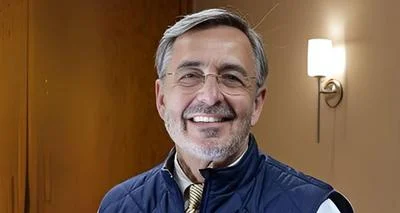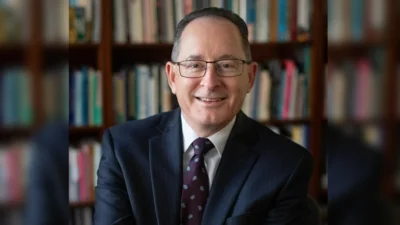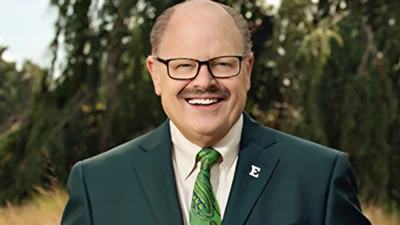Santa J. Ono, Ph.D. President at University of Michigan - Ann Arbor | Official website
Santa J. Ono, Ph.D. President at University of Michigan - Ann Arbor | Official website
A recent study by University of Michigan researchers has assessed the feasibility of converting 245 operational coal power plants in the United States into advanced nuclear reactors. The findings aim to provide valuable insights for policymakers and utilities working towards decarbonization goals.
The R M Schahfer coal plant in Indiana was identified as the most feasible site among smaller electric capacity locations, generating 1,000 megawatts electric (MWe) or less. The AES Petersburg plant, also in Indiana, ranked highest among larger electric capacity sites with a generation capacity greater than 1,000 MWe.
“With no new coal plants planned and many utilities aiming to retire all coal power plants within 15 years in the U.S., transitioning to cleaner energy sources is crucial,” said Md Rafiul Abdussami, a doctoral student of nuclear engineering and radiological sciences at U-M and corresponding author of the study published in Energy Reports.
In 2022, coal plants accounted for 20% of energy generation and 55% of power sector CO2 emissions in the U.S. Nuclear power can generate a stable base load of energy similar to coal but with zero carbon emissions. Transitioning operational coal plants to nuclear facilities can save time and money by utilizing existing equipment like transmission lines and power system components. Communities surrounding these plants could benefit from retained jobs and tax bases as coal facilities are phased out.
“This data set can support economic revitalization plans in regions affected by coal plant closures and provide information for engagement efforts in coal communities considering hosting clean energy facilities,” said Aditi Verma, assistant professor of nuclear engineering and radiological sciences at U-M and senior author of the study.
To address socio-technical and economic factors when selecting sites for repurposing coal plants, researchers used a tool called Siting Tool for Advanced Nuclear Development. This tool optimizes socioeconomic factors, safety, proximity—such as nearby population and transportation infrastructure—while selecting feasible locations. It evaluates multiple sites simultaneously while balancing various objectives, offering a more scalable analysis than previous studies focused on specific plants.
Results showed varying levels of suitability across different locations. For smaller electric capacity groups, feasibility scores ranged from 51.52 to 84.31 out of 100 with a median score of 66.53. Larger electric capacity groups had feasibility scores ranging from 47.29 to 76.92 with a median score of 63.97. Regional attributes like energy prices and nuclear policies significantly influenced suitability.
The Department of Energy (DOE), states, and electric utilities are exploring potential transitions from coal to cleaner energy sources nationwide. These findings offer valuable insights for policymakers developing strategies and regulations as well as utilities planning investments for smooth transitions while maintaining grid reliability.
“My hope is that this work...can inform the national and state-level conversations that are unfolding in real time,” Verma stated.
The study was sponsored by the DOE Office of Nuclear Energy under project number DE-NE0009382 through the Nuclear Energy University Program. The Geographical Information Systems-based tool was developed collaboratively by the University of Michigan, Argonne National Laboratory, Oak Ridge National Laboratory, and the National Reactor Innovation Center.






 Alerts Sign-up
Alerts Sign-up